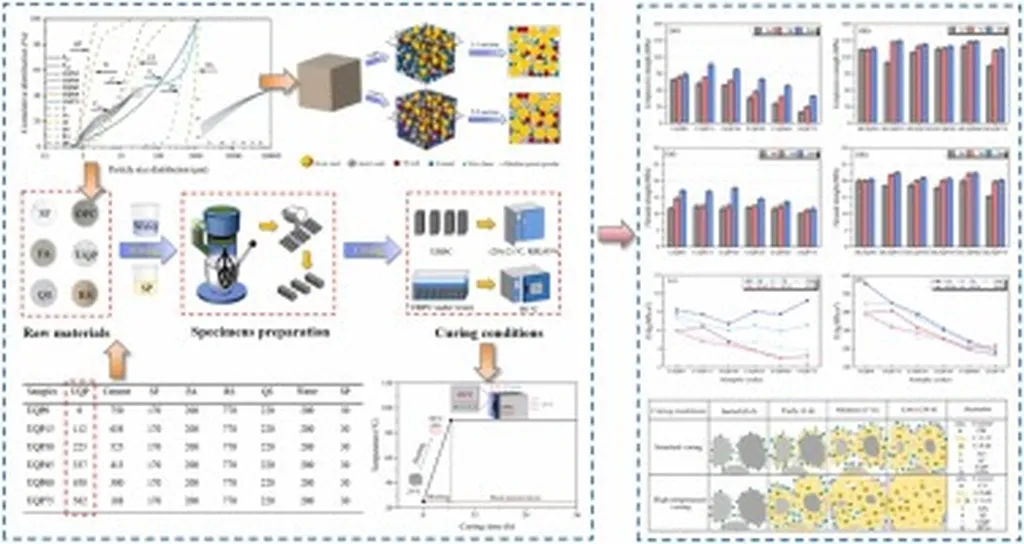In the ever-evolving world of construction materials, a groundbreaking study led by Dener Altheman, published in the journal ‘Materials Research’ (or ‘Pesquisa em Materiais’ in Portuguese), is challenging traditional methods of evaluating concrete workability, particularly when structural fibers are involved. This research could have significant implications for the energy sector, where concrete is a fundamental material in infrastructure projects.
The study, which investigated three types of fibers at varying dosages, found that the flow table method might be a more accurate way to measure the impact of structural fibers on concrete workability. Traditional slump tests, which have been the standard in Brazil and many other countries, may not fully capture the effects of fiber reinforcement.
“When plastic concrete receives the addition of fibers, its workability is little changed under energy, which is the principle of the flow method and the practical application using vibrators,” Altheman explained. “However, there is a noticeable loss of this property when measured using the traditional slump test method.”
This discrepancy is crucial for the energy sector, where the durability and strength of concrete structures are paramount. The study suggests that relying solely on the slump test method could lead to increased water content in concrete mixes, potentially compromising the structural integrity of energy infrastructure.
The comparative results of the study indicate that combining the flow table method with the traditional slump test could provide a more comprehensive understanding of how different types and dosages of structural fibers affect concrete workability. This dual-method approach could support the development of more robust and efficient concretes, ultimately benefiting the energy sector.
As the construction industry continues to innovate, this research could shape future developments in concrete technology. By refining the methods used to evaluate concrete workability, engineers and researchers can better optimize the use of structural fibers, leading to stronger, more durable, and more sustainable construction materials. This, in turn, could enhance the resilience and efficiency of energy infrastructure, contributing to a more robust and sustainable energy sector.
In the words of Altheman, “This work is a step towards better understanding and utilizing the potential of structural fibers in concrete, ultimately benefiting the construction and energy sectors.” As the industry continues to evolve, such insights will be invaluable in driving progress and innovation.

